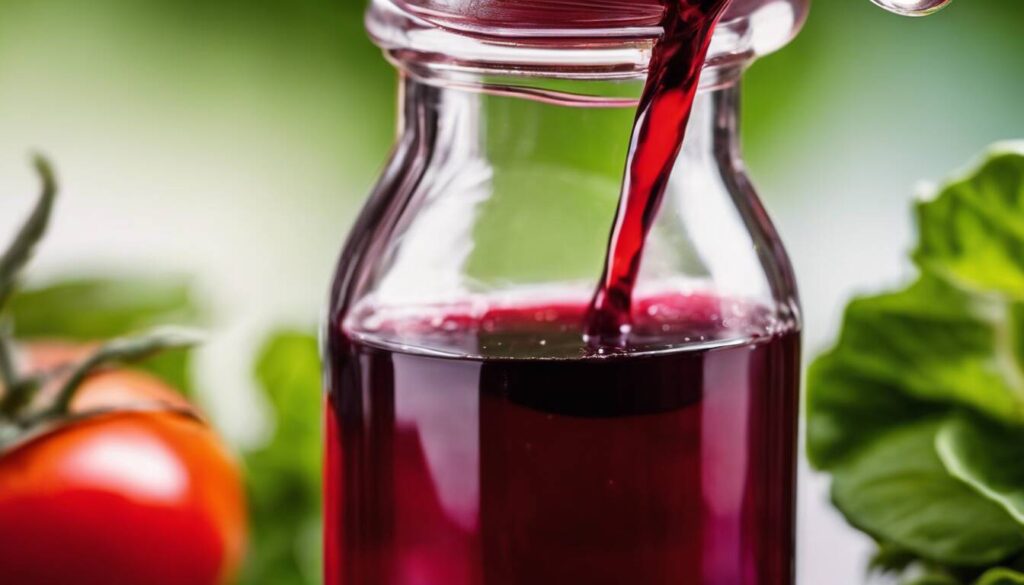The U.S. wine industry is bracing for a new wave of tariffs that could significantly impact prices and availability of imported wines. As President-elect Donald Trump prepares to take office, discussions among industry leaders reveal deep concerns about the potential economic fallout for retailers, restaurants, and consumers alike.
Key Takeaways
- Tariffs on imported wines could range from 10% to 20%.
- The U.S. Wine Trade Alliance is advocating against these tariffs, citing potential harm to small businesses.
- The three-tier distribution system complicates the wine trade, making it more vulnerable to tariff impacts.
The Impending Tariff Landscape
As the U.S. Wine Trade Alliance (USWTA) convened nearly 500 members in a recent Zoom meeting, the mood was somber. The looming tariffs, expected to be implemented in January, could add significant costs to imported wines, which are staples in many restaurants and retail shops.
Harmon Skurnik, an importer and distributor, emphasized that tariffs are not paid by foreign producers but are a tax on American businesses, ultimately passed on to consumers. This means that wine lovers will likely see higher prices at their favorite establishments.
Historical Context
The wine industry has faced tariffs before, notably in 2019 when a 25% duty was imposed on many European wines due to a trade dispute. While the proposed new tariffs are less severe, the industry is in a more precarious position now, with many businesses still recovering from previous disruptions.
Jill Bernheimer, owner of DomaineLA, noted that the current market is already strained, with declining demand and adverse weather conditions affecting supply. The combination of these factors means that higher prices could lead to reduced sales, further complicating the situation for retailers.
The Three-Tier Distribution System
The U.S. wine market operates under a three-tier distribution system, a remnant of Prohibition-era regulations. This system requires that wine be sold through separate importers, distributors, and retailers, which adds complexity and cost to the trade.
- Impacts of the Three-Tier System:
- Restricts direct sales from international wineries to U.S. consumers.
- Ensures that most profits from imported wine sales benefit American companies.
- Limits flexibility for retailers and restaurants in sourcing wines.
Ben Aneff, president of the USWTA, highlighted that this system, while designed to prevent monopolies, makes the industry more vulnerable to tariffs. He argued that the health of the wine ecosystem relies on strong partnerships between domestic and imported brands.
Consumer Choices at Risk
Industry leaders warn that the proposed tariffs could limit consumer choices. Higher prices may discourage imports, leading to a narrower selection of wines available in the U.S. market. This is particularly concerning for restaurants that rely on specific international wines to complement their menus.
Aneff pointed out that many establishments depend on particular wines to maintain their identity. For instance, an Italian restaurant cannot simply substitute Italian wines with domestic options without losing its essence.
Call to Action
As the wine industry prepares for these potential changes, leaders are urging consumers to support local wine shops and restaurants. They also encourage individuals to reach out to their representatives to advocate for a tariff-free wine trade, emphasizing the importance of a healthy wine market for both consumers and businesses.
In conclusion, the impending tariffs on imported wines pose a significant threat to the U.S. wine industry, with potential repercussions for prices, availability, and consumer choice. As discussions continue, the hope remains that policymakers will consider the broader implications of such tariffs on the economy and the enjoyment of wine in America.

